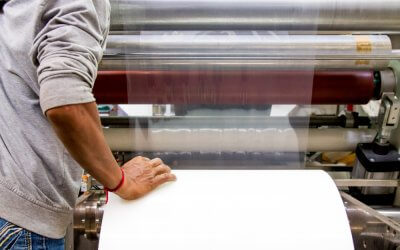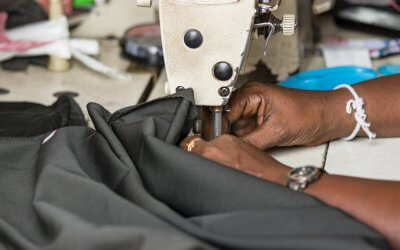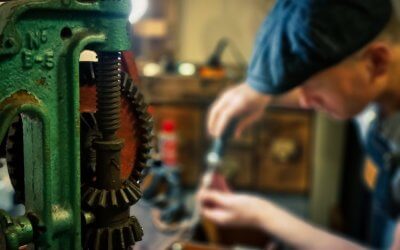Explosive business growth. A potential recall. A new beginning. A flopped product launch.
They all start with a sample!
Of course, it’s a product sample we’re talking about here. Product samples lay the groundwork for your product/factory partnership and often mark the beginning of your business with a certain factory. How you handle the sampling process can greatly affect the way your products turn out, so it’s worth taking a good look at!
You may be faced with situations that raise questions – what are the different types of samples I should request? How strict should I be with accepting samples? Should I make sure that my sample is 100% perfect before accepting it, or is it okay to do without one if the factory is clear on what modifications need to be made?
Two Types of Product Samples
There are generally two types of samples that you’ll receive from a factory:
#1 Catalog / Original Equipment Manufacturer (OEM)
A catalog or OEM sample is one that you may see at a trade show or in a catalog. It’s a product that the factory already produces and is familiar with. You may be changing the color, labeling or packaging to make it your own, but no significant modifications. A good example is a plastic wine glass – the same product can be labeled and repackaged and then sold by different retailers.
Another time OEM products are used is when a company wants to assemble a product but doesn’t want to manufacture every component, so they order separate components from different factories. This happens a lot with electronics and cars.
#2 Original Design / Customized
As you may guess, these samples are those that are either your original design for a product or that have been modified from an OEM product.
Different Sample Types Require Different Approaches
OEM samples don’t require a lot of attention or headaches. Whether you are putting a private label on the sample or using it as a component, you need to receive and test a few samples to determine their functionality and quality, then simply nail down the color, labeling, and packaging requirements.
Attributes like color, logo, and packaging can be communicated in universal, objectives terms so that the factory can meet your expectations pretty quickly. Because the factory already makes the product, an adjustment can be made and returned to you in a matter of weeks or a month.
Customization or Original Designs? Apply Extra Caution.
In a nutshell, it is very important to get a sample that is perfect before you place a relatively large order for customized or original products. That may sound like a no-brainer, but there are many situations where it is tempting and may seem reasonable to proceed without getting a golden sample.
Any products with original designs or customization often require a long time to develop to maturity. Leave ample space in your go-to-market timeline to allow for 1-3 rounds of samples and revisions, depending on the complexity and uniqueness of your product. Expectations need to be fairly low for any original product because both you and the factory will be learning how to make it just right!
Many products require custom metal molding or other specialized tools to be manufactured. In other words, it may be a long and expensive process to obtain a sample. If you are modifying a product (changing the dimensions or adding a feature, for example), a factory may just ask you to specify what you’d like to be changed, and then they will agree to change it. If you are submitting an original design, a factory may send you a partially functional sample made with 3D printing.
If it isn’t feasible for you to have a golden sample in-hand, then document, document, document. Don’t ever confirm changes by word of mouth, assumptions, or anything other than a crystal-clear and signed document.
Let’s say you have a 3D-printed sample that needs to be three centimeters more narrow. Send one sample back to the factory with a document stating the current (unacceptable) width and the new width that you need. Keep a sample for yourself along with the copy of the attached document. This way, when you place your order, there will be full objectivity on what the expectations are for the batch.
Bottom Line:
Always keep the end game in mind when developing your products through sampling. The best-case scenario is a perfect product with 5-star reviews and high sales, and that is never achieved through ambiguous directions and some dumb luck! Inspect and test your samples with painfully thorough detail – every stitch, every crease, corner, surface, color, and angle.
Obtain a golden sample before production if at all possible, and ensure all changes are clearly documented if a golden sample isn’t in the cards.




0 Comments